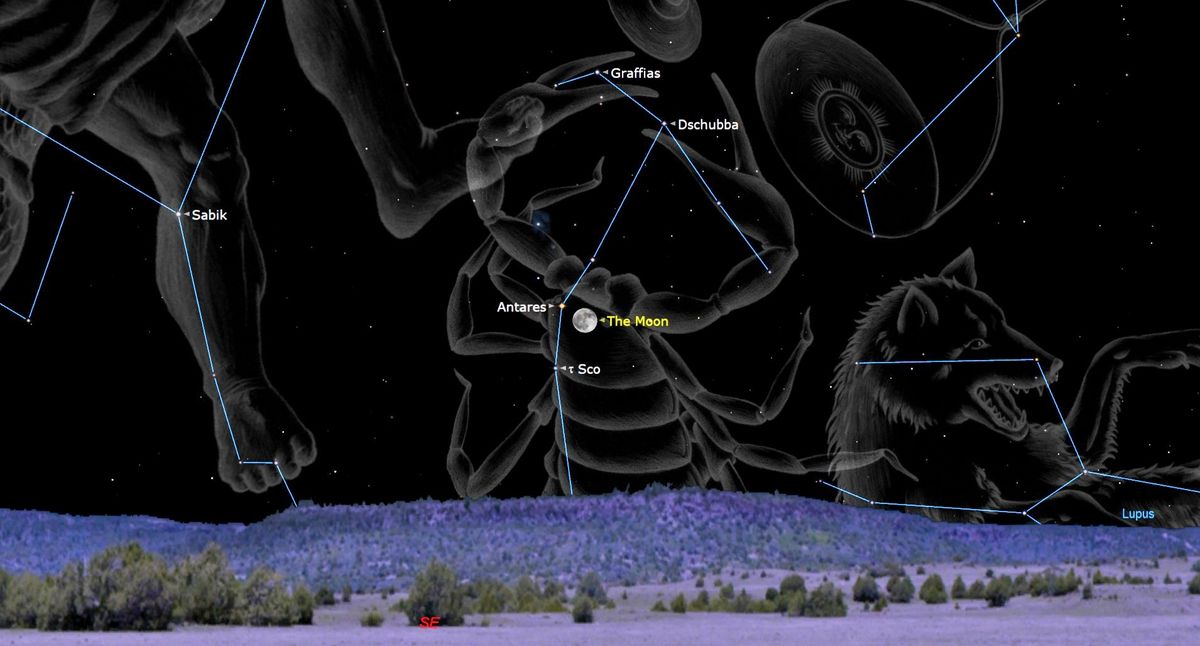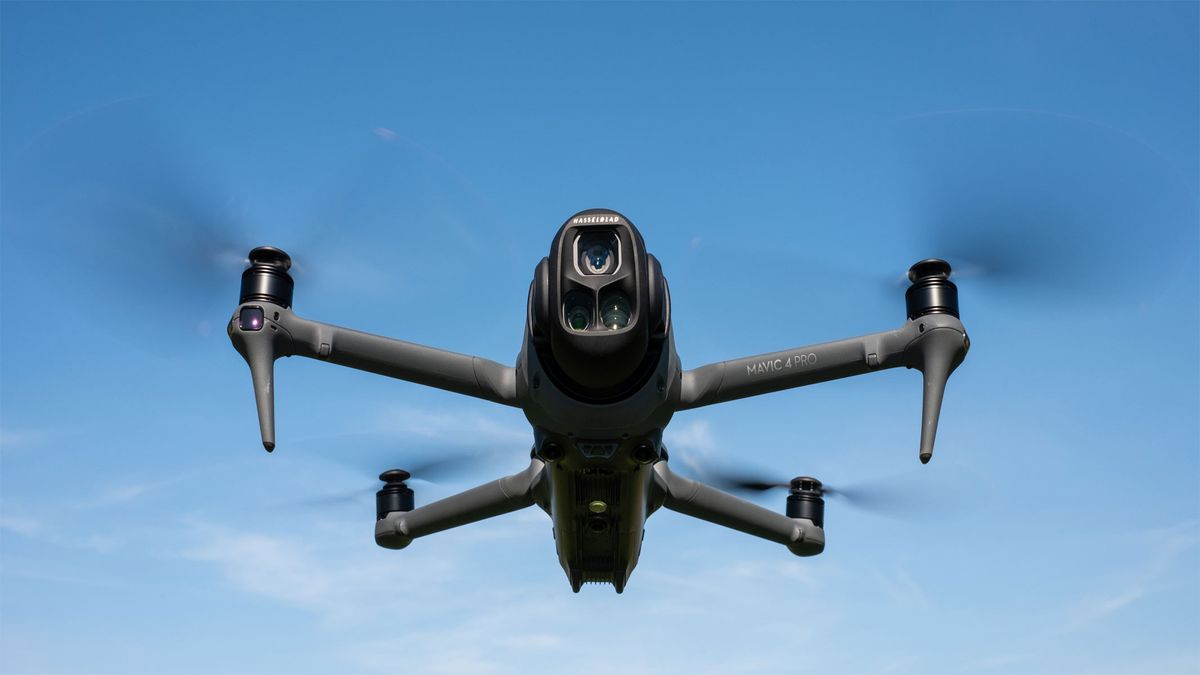A defunct, Soviet-era spacecraft is falling back to Earth uncontrolled, but experts say there’s little cause for alarm.
The half-ton craft, known as Kosmos-482, was designed to land on Venus but instead has spent the past 53 years languishing in Earth’s orbit because of a rocket malfunction. Now the spacecraft is expected to plunge through the atmosphere in the coming days, with the latest forecasts predicting uncontrolled re-entry will occur sometime on Saturday.
A huge hunk of metal tumbling back to Earth may seem like a terrifying prospect, but old satellites, spent rocket parts or other small bits of space debris actually fall to Earth and re-enter the atmosphere on an almost daily basis, according to the European Space Agency (ESA).
In most cases, the spacecraft will burn up harmlessly in the atmosphere, with very few — if any — parts surviving the fiery journey. But even when some pieces have withstood atmospheric re-entry, it’s very rare that they have fallen over land and caused any damage, mostly because oceans cover around 71% of the planet’s surface.
“The risk of any satellite reentry causing injury is extremely remote,” ESA officials wrote in a blog post about Kosmos-482. “The annual risk of an individual human being injured by space debris is under 1 in 100 billion. In comparison, a person is about 65,000 times more likely to be struck by lightning.”
ESA’s Space Debris Office is predicting that Kosmos-482 will begin falling through the atmosphere on Saturday at around 4:26 a.m. ET, with an estimated uncertainty of plus or minus 4.35 hours.
It’s difficult to make precise forecasts of when an uncontrolled spacecraft will fall back to Earth because much of it depends on atmospheric dynamics, space weather and the specific orientation of the object as its orbit degrades — all of which are tricky to model.
As the spacecraft gets closer to re-entry, researchers will be able to refine these predictions, but it’s still hard to know exactly where the spacecraft will make landfall.
NASA said the landing location could be “anywhere between 52 N and 52 S latitude,” a huge swath that covers Africa, Australia, much of North America and South America and large portions of Europe and Asia.
Space Force officials said their latest predictions show Kosmos-482 re-entering the atmosphere over the island of Borneo in Malaysia, near the border with Indonesia, while ESA’s ground track pegs the landing site south of Australia, in or around the Southern Ocean.
Kosmos-482 was launched by the Soviet Union in 1972 on a mission to land on the surface of Venus. It was one of a series of missions to Venus, but this one became stranded in orbit around Earth after a rocket mishap.
Most of the debris from the ill-fated mission already fell back to Earth decades ago, but it's the half-ton, spherical landing capsule that is expected to return to Earth sometime this weekend.
Since the capsule, which measures about 3 feet across, was designed to operate on fiery-hot Venus, it could survive re-entry through Earth’s atmosphere, according to Marco Langbroek, a scientist at Delft University of Technology in the Netherlands, who has been tracking Kosmos-482 and posting updates online.
“It is possible that it will survive reentry through the Earth atmosphere intact, and impact intact,” Langbroek wrote in a post that was updated Thursday. “It likely will be a hard impact: I doubt the parachute deployment system will still work after 53 years and with dead batteries.”
Still, that doesn't mean anyone on land will be in any immediate danger.
“The risks involved are not particularly high, but not zero: with a mass of just under 500 kg and 1-meter size, risks are somewhat similar to that of a meteorite impact,” he wrote.
This article was originally published on NBCNews.com
.png)
 German (DE)
German (DE)  English (US)
English (US)  Spanish (ES)
Spanish (ES)  French (FR)
French (FR)  Hindi (IN)
Hindi (IN)  Italian (IT)
Italian (IT)  Russian (RU)
Russian (RU) 








Comments